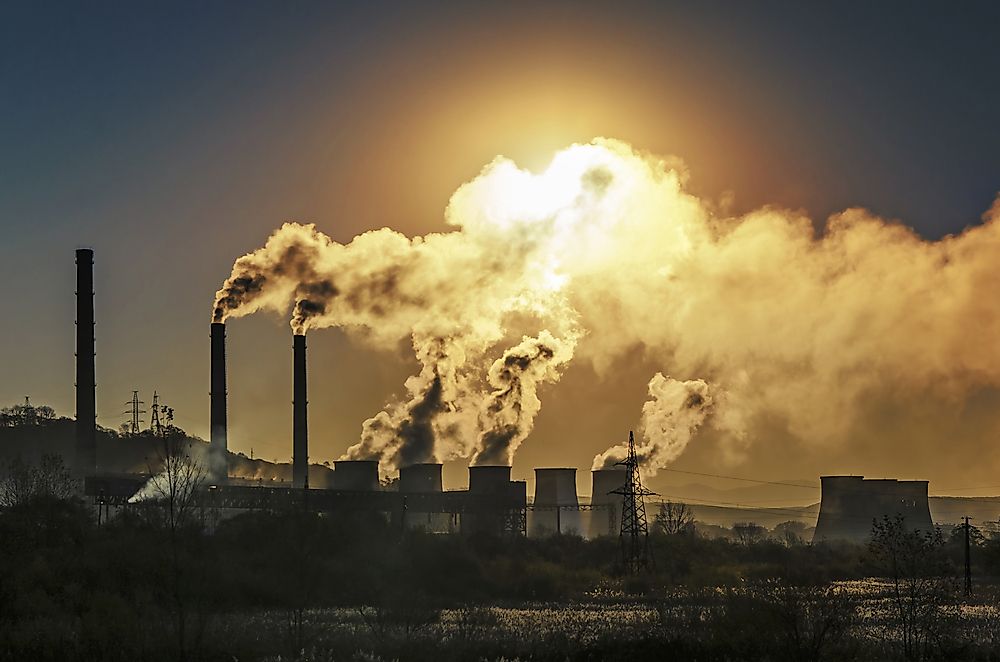What Is Environmental Racism?

Environmental racism occurs when harmful conditions such as polluted air and unclean water disproportionately affect minority communities in any given area. Some of the factors contributing to environmental racism include companies that export unclean technologies, toxic chemicals, and waste products.
Effects
Residents living in areas that are affected by environmental racism may face health problems. These health problems could include neurological problems, a shortened lifespan, and even death. The harmful chemicals can be passed along in the air, the land, and in drinking water.
Recent Cases
A recent example of environmental racism could be the Flint water crisis, which began in 2014. Flint, Michigan has a population that is primarily African-American. In this city, water was contaminated with poisonous levels of lead, which is a dangerous chemical that can cause brain damage. Federal government organizations tried to hide the exposure, resulting in long-term damage within the community.
Solutions
The United Nations meeting on environment and expansion came up with defensive principles on the existing threats of environmental racism. According to these principles, lack of sufficient scientific assurance shall not serve as a reason to delay co-effective method to stop environmental racism. The meeting also focused on creating a better framework that will hold the people responsible for atrocities responsible.











